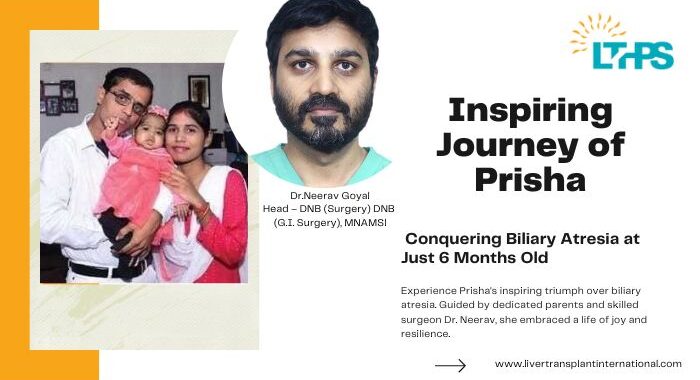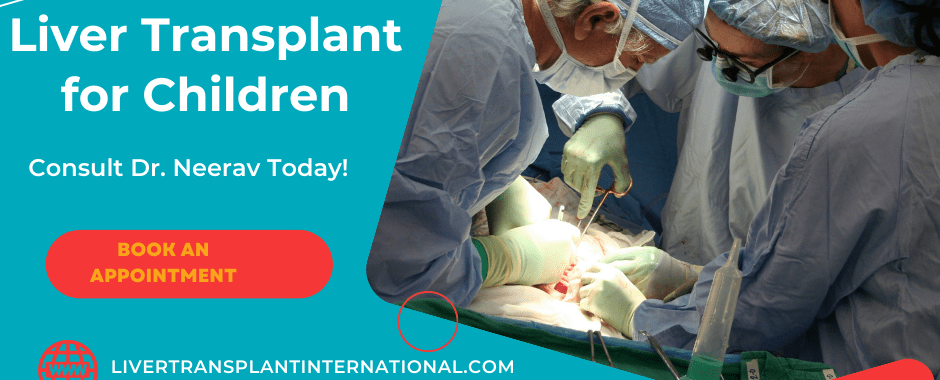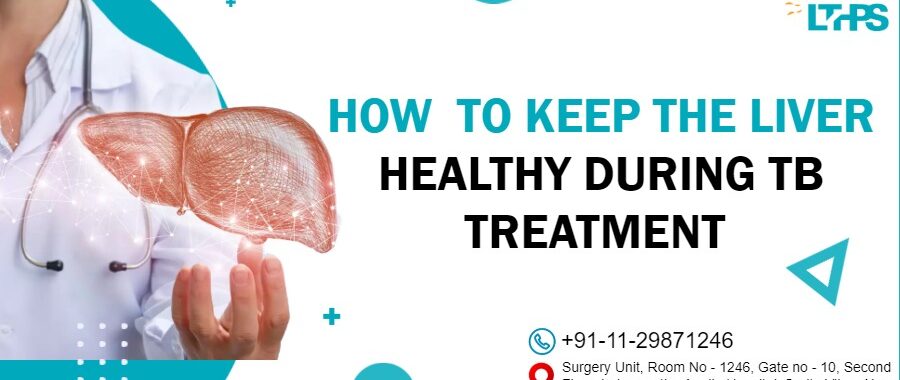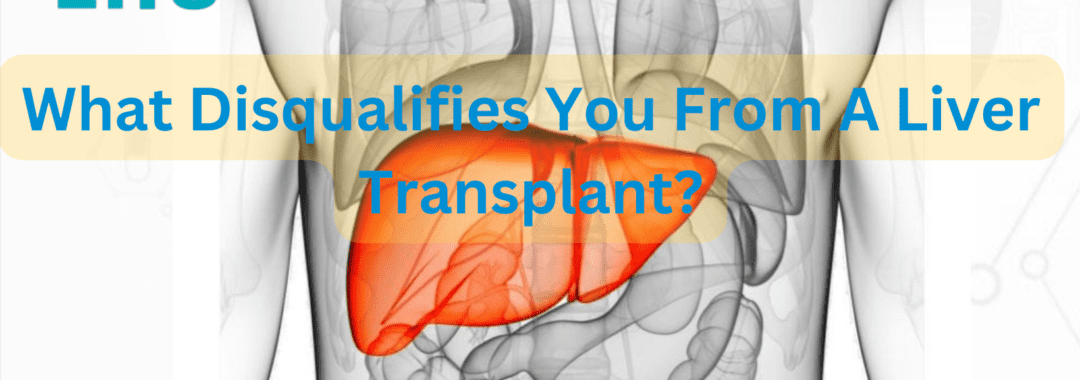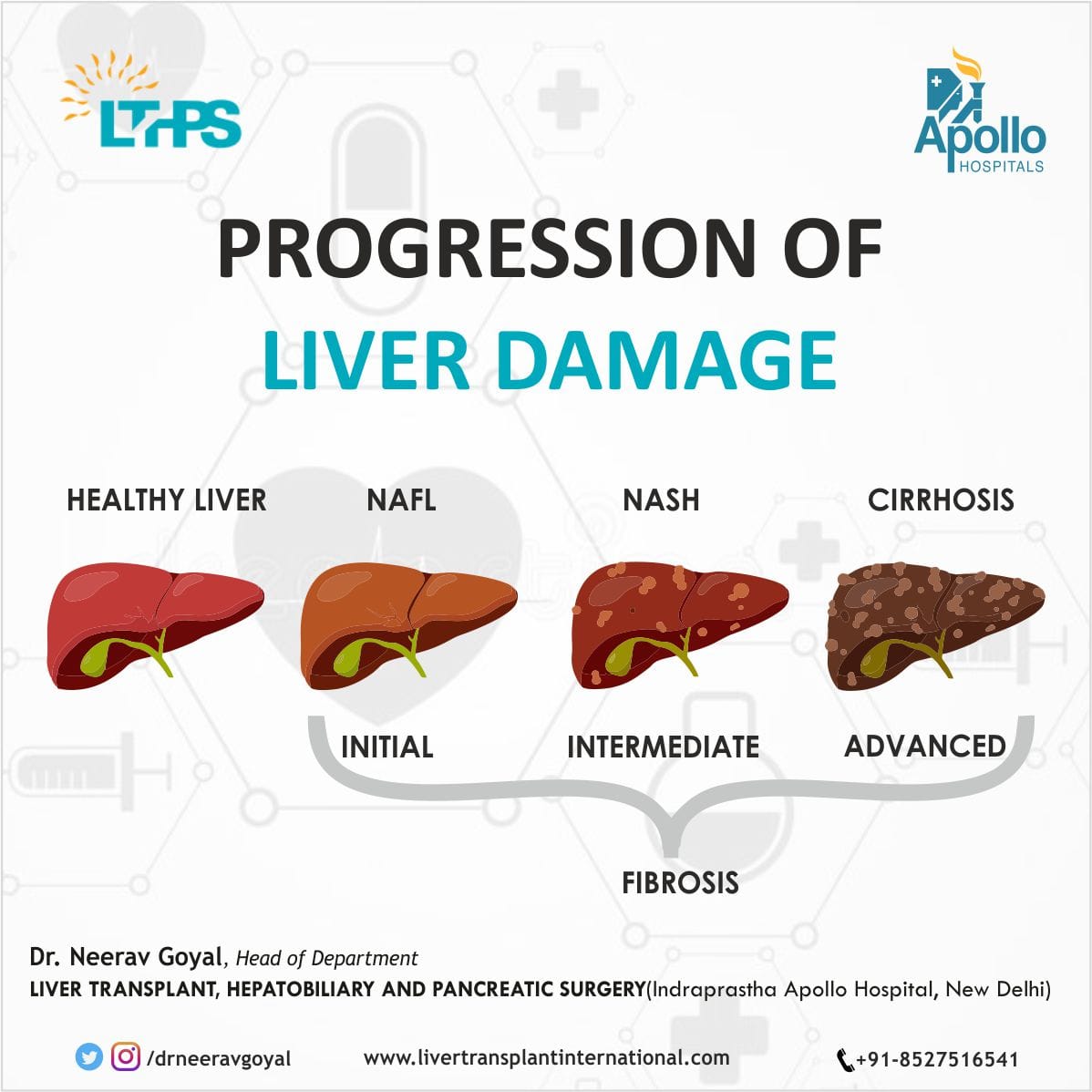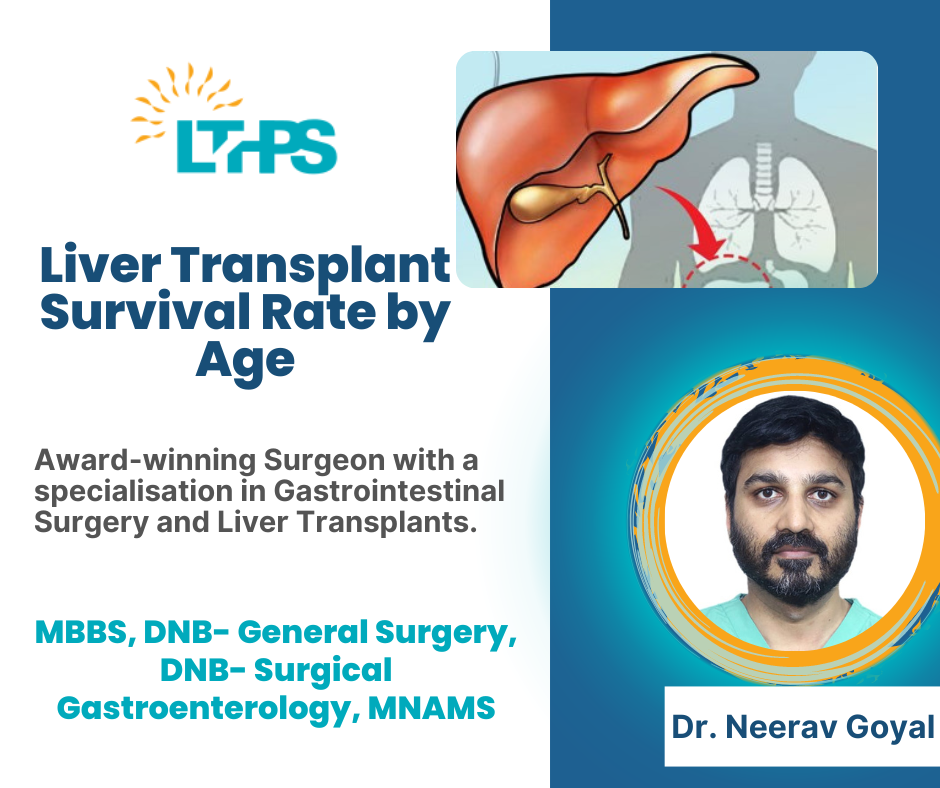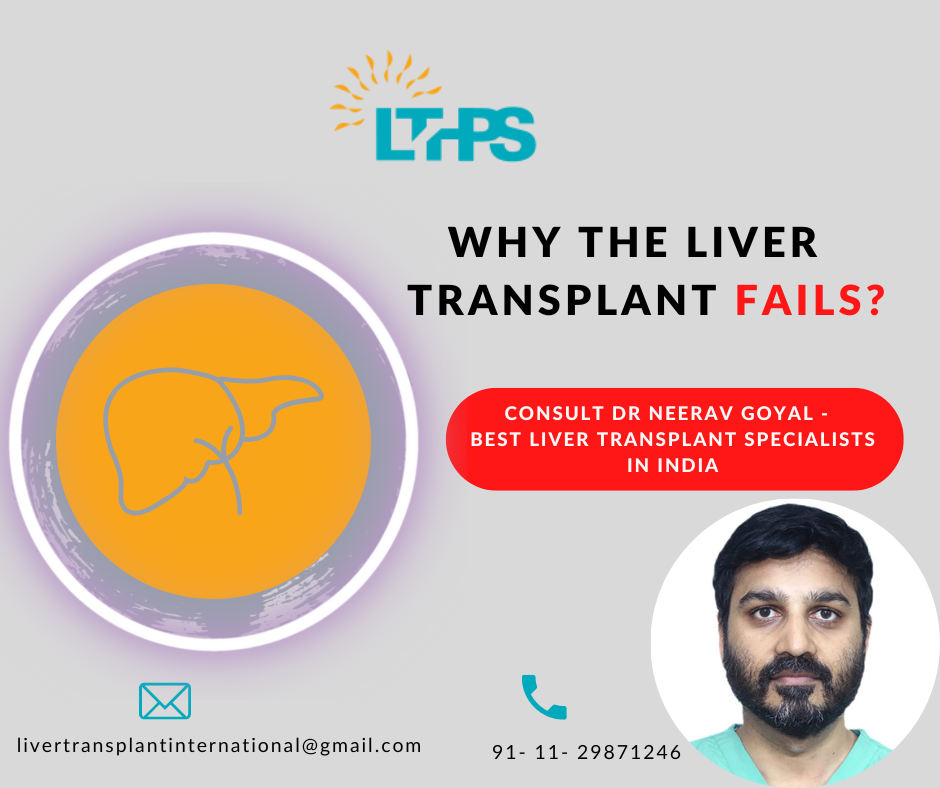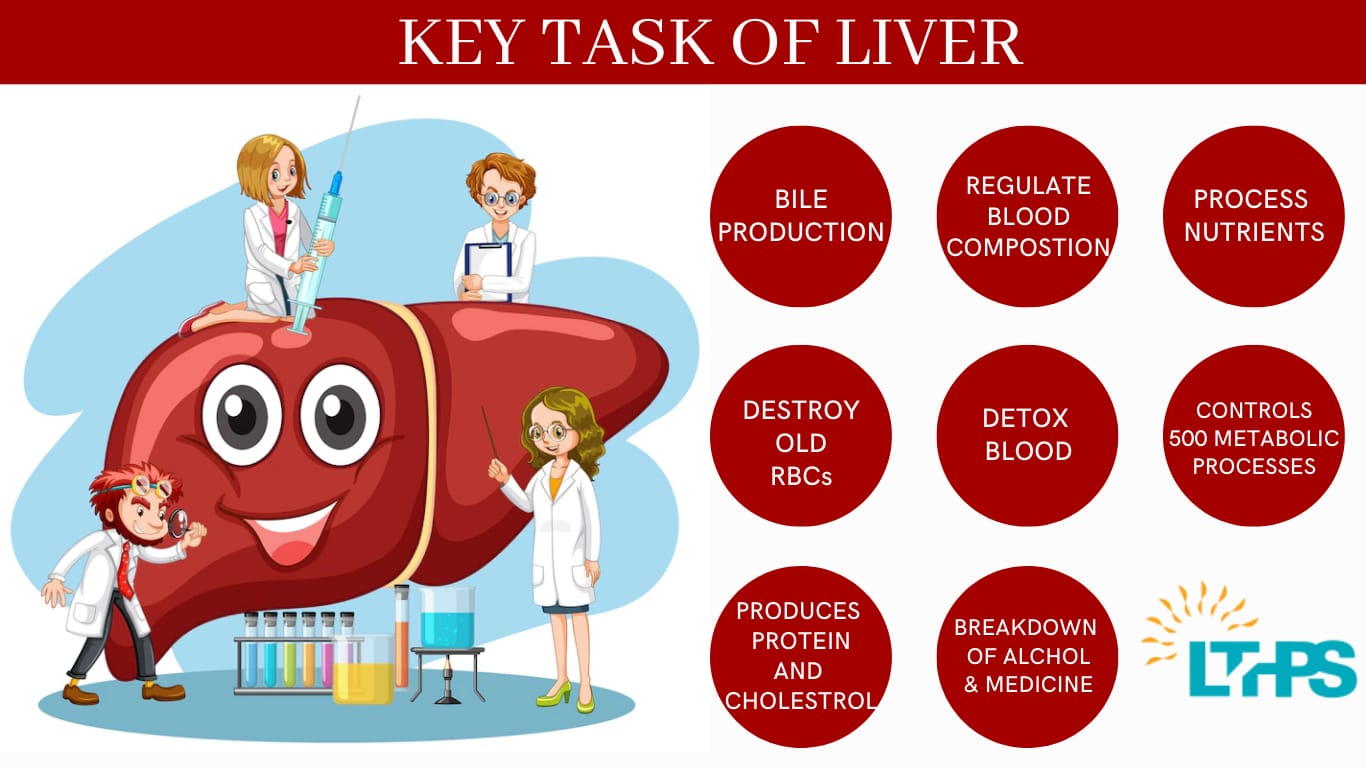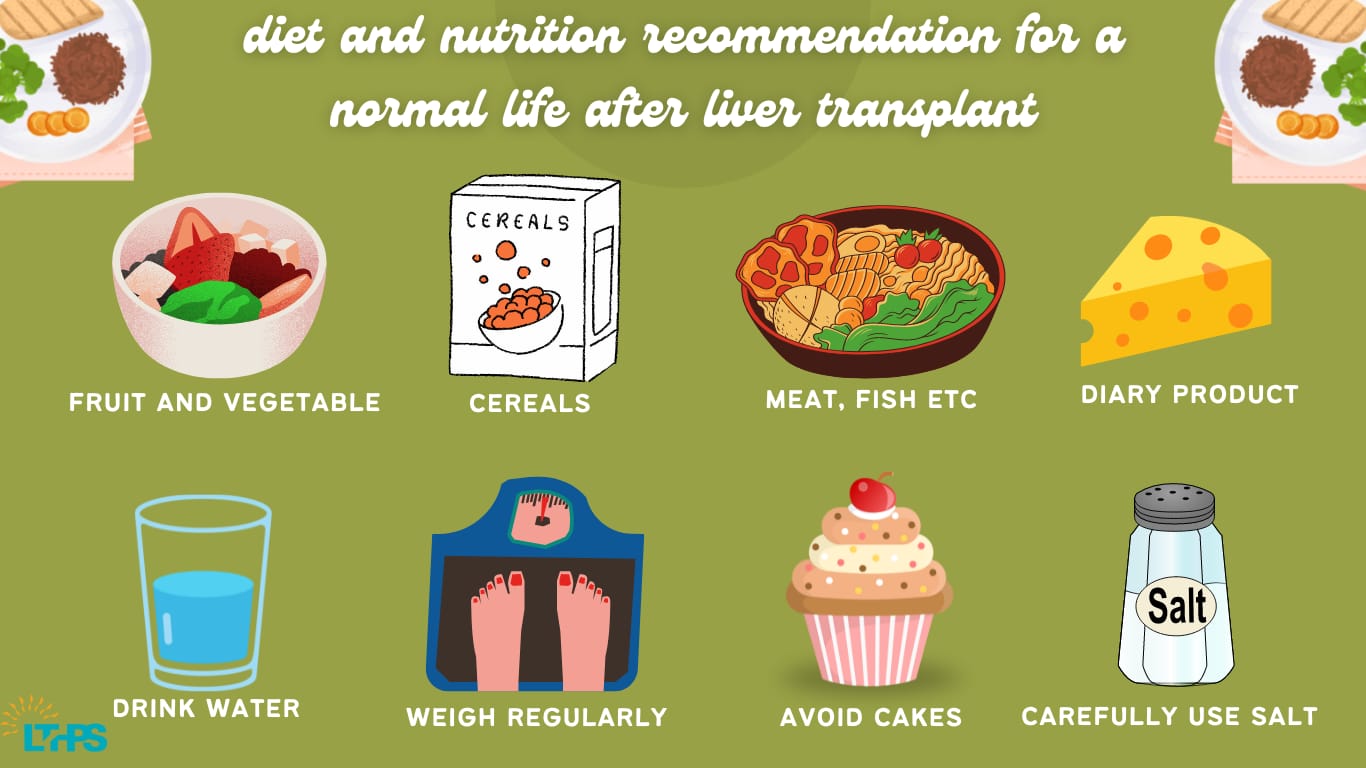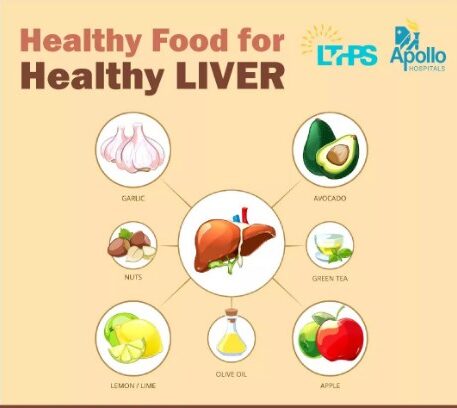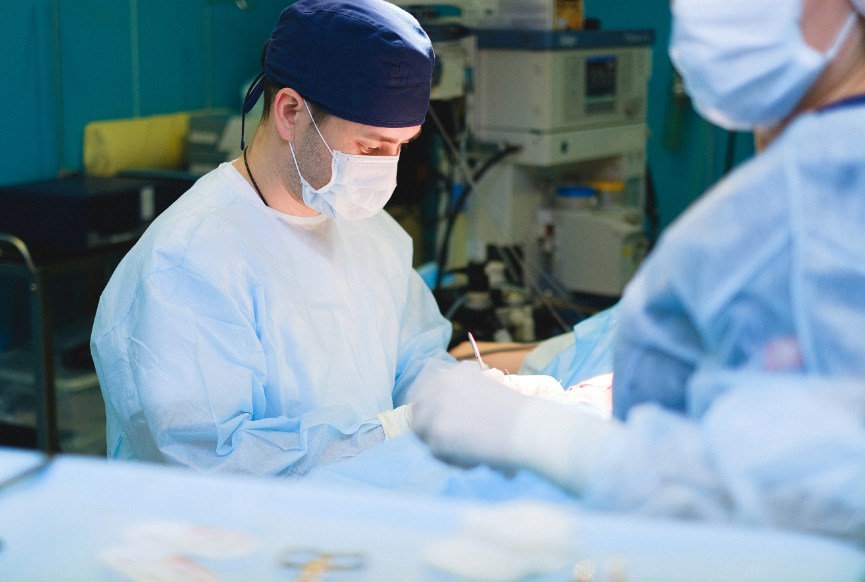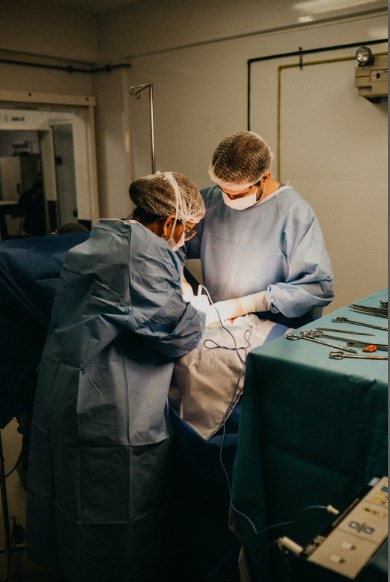Biliary atresia is a rare and serious condition that occurs in infants where the bile ducts, both inside and outside the liver, are blocked. This blockage leads to liver damage and failure if not promptly treated. It is estimated to affect approximately 1 in 18,000 infants and is recognized as the most common reason for liver transplantation in children.
The Importance of Early Diagnosis and Treatment
Early diagnosis and treatment are crucial in biliary atresia to achieve the best possible outcome. It is essential for parents and caregivers to be aware of the signs and symptoms of biliary atresia, including jaundice, dark urine, pale stools, and poor weight gain. Detecting and addressing the condition promptly can significantly impact the child’s prognosis.
Prisha’s Diagnosis and Determination:
- When Prisha was just 6 months old, she was diagnosed with biliary atresia. This diagnosis was devastating for her parents, as they realized the potential implications and challenges their daughter might face. The news spurred them to take immediate action and explore all possible options to save their daughter’s life.
- Prisha’s parents were determined to do everything in their power to ensure her survival. After consulting with medical professionals, they made the difficult decision to proceed with a liver transplant as the most viable treatment option. This decision reflected their unwavering dedication and hope for their daughter’s future.
Challenges and Treatment:
- Prisha’s parents sought the expertise of Dr Neerav, an award-winning surgeon specializing in gastrointestinal surgery and liver transplants. They chose to hospitalize Prisha in Delhi to access the necessary medical facilities and resources required for her comprehensive treatment.
- Prisha’s journey was not without challenges. Due to her condition, she required nasogastric feeding to supplement her nutrition during the treatment process. Additionally, Prisha’s family faced financial constraints, but their story resonated with others, leading to generous donations that helped alleviate the burden.
- The generous donations received from compassionate individuals and organizations played a significant role in making Prisha’s life-saving liver transplant possible. The outpouring of support demonstrated the collective goodwill and commitment to helping children like Prisha overcome their medical challenges.
- In a remarkable act of love and sacrifice, Prisha’s mother selflessly donated a portion of her liver to save her daughter’s life. This act exemplified the extraordinary bond between a parent and child and showcased the profound impact that organ donation can have in restoring health and hope.
Road to Recovery:
- Following the successful liver transplant, Prisha entered a phase of comprehensive medical management. This involved specialized nutrition to support her recovery and regular check-ups with her healthcare team to monitor her progress and ensure her continued well-being.
- Thanks to the timely intervention and ongoing medical care, Prisha’s liver function gradually improved over time. The transplant provided her with a new lease on life, allowing her liver to regain its normal function and enabling her to overcome the challenges posed by biliary atresia.
- Today, Prisha is a happy and healthy child, thriving after her battle with biliary atresia. Her remarkable journey showcases the resilience and strength of young patients and serves as an inspiration to others facing similar medical conditions.
 The Significance of Prisha’s Story:
The Significance of Prisha’s Story:
- Prisha’s story highlights the critical importance of early diagnosis and prompt medical intervention in improving the lives of children with biliary atresia. By raising awareness about the signs and symptoms of this condition, more children can receive timely treatment and have better chances of a positive outcome.
- Prisha’s successful journey demonstrates that with proper care and ongoing medical management, children diagnosed with biliary atresia can lead healthy and fulfilling lives. It emphasizes the potential for these children to overcome their health challenges and achieve their full potential in various aspects of life.
Conclusion:
Prisha’s journey stands as a testament to the resilience of young patients, the unwavering hope of their families, and the significant advancements in medical science that have made life-saving interventions possible. Inspiring Journey of Prisha’s story showcases the potential for overcoming adversity and serves as an inspiration to others facing similar medical challenges.

